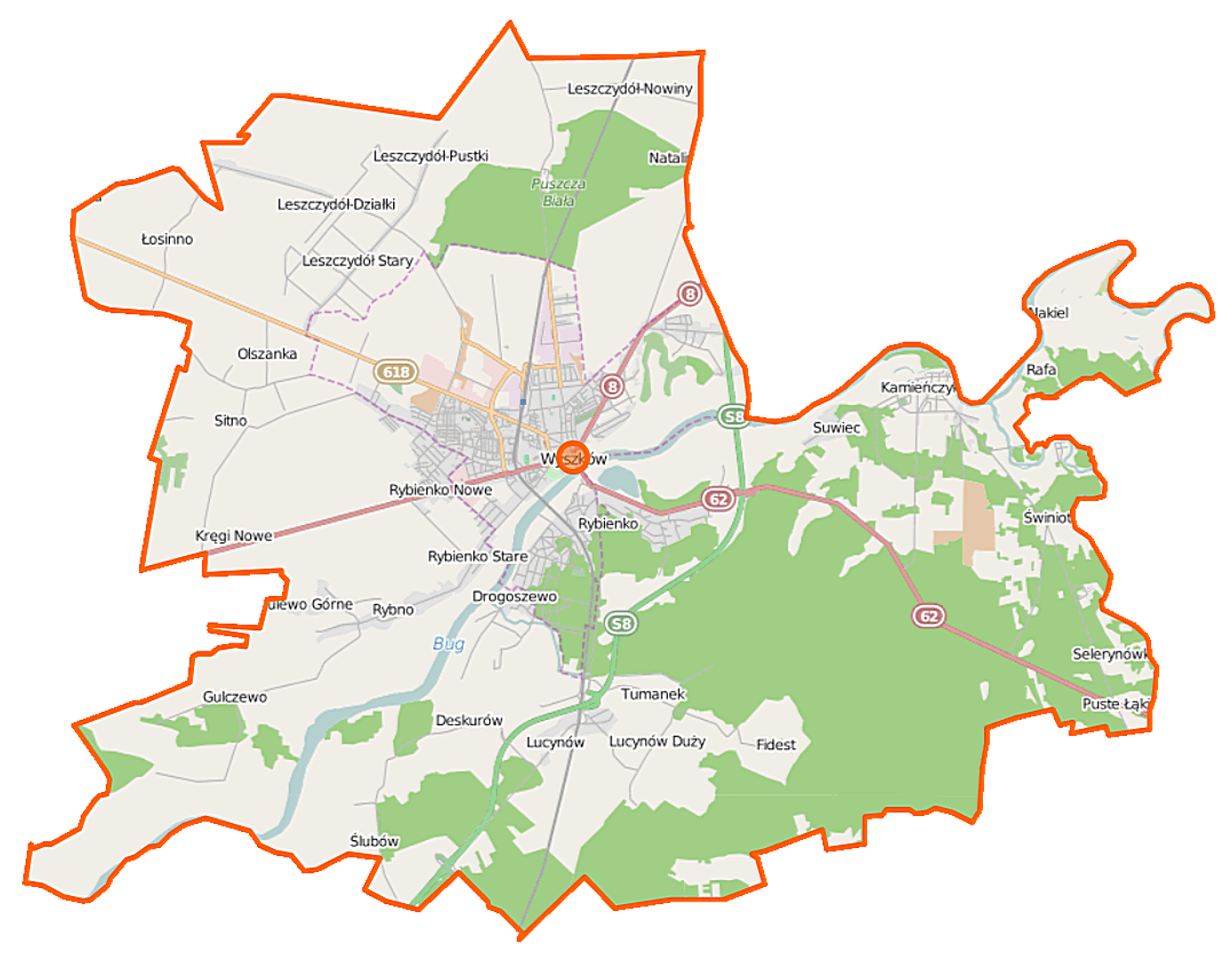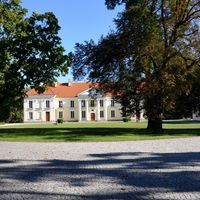Wyszków
6.93

Overview
Wyszków is an urban-rural municipality in the Masovian Voivodeship, located in Wyszków County, with its administrative seat in the town of Wyszków. Historically, the area was known as the Leszczydół municipality until 1870, and was later referred to as the Wyszków nad Bugiem municipality. From 1975 to 1998, the municipality was part of the Ostrołęka Voivodeship. According to data from June 30, 2004, the municipality had a population of 37,715 people. It covers an area of 165.6 km², with a significant portion dedicated to agricultural land (53%) and forested areas (29%). The municipality constitutes 18.89% of the total area of Wyszków County.
As a municipality, Wyszków is characterized by a diversity of localities, including villages such as Deskurów, Drogoszewo, and Leszczydół, as well as other settlements like Błonie, Giziewiczka, and Loretto. The municipality borders several other municipalities, such as Brańszczyk, Jadów, and Łochów, which fosters integration and cultural exchange.
In the Wyszków municipality, one can find architectural elements related to traditional rural construction as well as modern buildings that reflect the changes Poland has undergone in recent decades. The local culture is enriched by regional traditions, diverse customs, and events that bring residents together and promote local patriotism.
From a historical perspective, the region has a rich heritage, reflecting the administrative and social changes that have taken place in Poland. The municipality has witnessed many important events and processes that have shaped the identity of its inhabitants.
An interesting fact is that the Wyszków municipality is a hub for diverse social and cultural activities, contributing to the active lives of its residents. Another important aspect is nature conservation, considering the large area of forested land, which represents a natural wealth of the region. With its colorful history and diverse landscape, the Wyszków municipality is an interesting point on the map of Masovia, blending tradition with modernity and serving as a dynamic center of local life.
Location
You can also find here:
2025 Wizytor | All Rights Reserved
